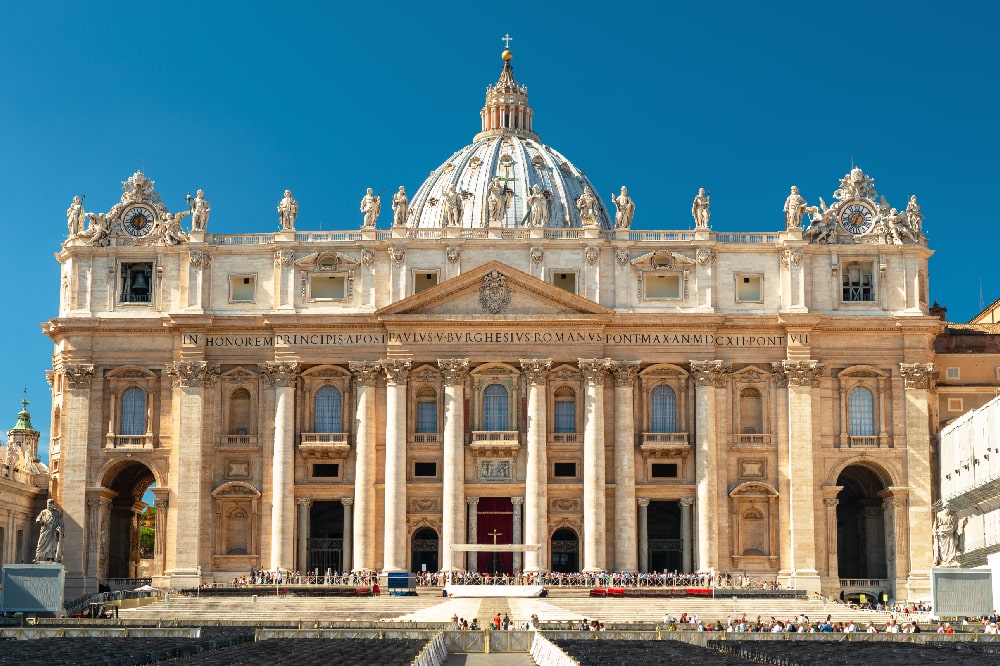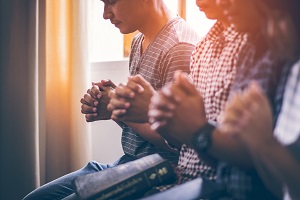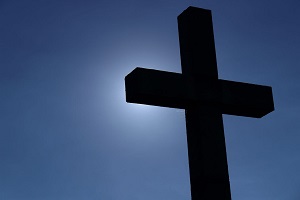The chrism mass celebrates the mystery of the church, its unity and communion while waiting for Easter. It is also the occasion on which the sacred oils are consecrated
Chrism Mass is celebrated on the morning of Holy Thursday or the afternoon of Holy Wednesday. It usually takes place in the cathedral and is presided by the Bishop, At the end of this special homily, the priests of the diocese renew the promise they made on the day of their religious Ordination. In this sense, the chrism mass is a kind of solemn meeting, involving the Bishop, priests and the whole assembly of the faithful, expressing a unity of faith and intent that transcends differences in age, social class, skin colour, and personal history. Indeed, it is precisely in this variety that the richness of the Church lies, composed of religious and lay people, all different from one another, yet united in faith and love for God.

Priestly Ordination: Here’s How One Becomes a Priest
Here’s how the rite unfolds, how his life changes, and how friends and family can show their support with a unique gift.
The blessing of holy oils
Another very important aspect of the chrism mass is that during the eucharistic celebration, the bishop consecrates holy oils, destined for the sacraments of the next liturgical year. These oils will then be distributed in the various parishes and kept in special sacred vessels. It is the chrism, used for baptisms, confirmation and ordination of priests and bishops; the oil of catechumens used in baptism; the oil intended for the anointing of the sick.
The chrism in particular is the olive oil scented with balsam and blessed, which during baptism consecrates the baptising and confirms his entry into the great family of the Church. It’s used to grease the head. On the Confirmation, instead, the priest dips his finger into the chrism and uses it to draw a cross on the firstling’s forehead, imprinting on it the symbol of the Holy Spirit who descends upon him to instil in him the strength to be a ‘soldier’ of Christ. Finally, during the Ordination to the priesthood, the palms of the hands of priests and the foreheads of bishops are bathed in chrism.
The catechumens’ oil instead declares that the baptized person has become a fighter of the faith, a champion of Christianity, as a symbol of strength and firmness against temptations and sin. In ancient times, the oil was used to anoint the limbs of athletes and fighters. With the oil of the catechumens, the priest traces a cross on the chest and another between the shoulder blades of the one who is baptized.
The oil of the sick is finally used to impart the last unction or to anoint the sick, precisely to relieve their physical and spiritual suffering.
In the context of the chrism mass, the poured oil becomes a symbol of a call to faith and religious vocation for priests as well as for simple faithful. The oil becomes sanctifying grace, which descends on all unifying them, but also becomes bearer of charity, of a universal message of openness towards the neighbor, of love given generously and without saving. The fact that the oil is scented praises the beauty of life and the many immeasurable gifts that are bestowed upon us, which we are called to enjoy together with those who share them with us.

The Chrism Mass and Pentecost
The chrism mass has very ancient origins, dating at least to the 7th century A.D. and is linked to the Paschal mystery, to the sense of unity and communion that the Passion, The death and resurrection of Jesus symbolize for all Christians. Above all, this ceremony celebrates the intimate and deep communion that binds all those who belong to the church, simple faithful, deacons, priests, up to the bishop, all the baptized, confirmed and anointed by the Holy Spirit through the sacraments. In this moment of brotherhood and communion, the mystery of Pentecost is renewed with the celebration of the descent of the Holy Spirit and the very birth of the Church. 50 days after the resurrection of Jesus, on the occasion of the Jewish Shavuot, a feast linked to the earth and the harvest, Mary, the apostles and all the disciples of Jesus had gathered together to pray, And it was then that the Holy Spirit came down upon them in the form of tongues of flame, giving the apostles the power to bring the Word into all the world. That crowd gathered in the name of remembering Jesus and loving him was the first nucleus of the Catholic Church, blessed by the Holy Spirit. In the same way, the priests and faithful gathered for the Chrism Mass to renew that moment of communion and investiture of faith.

The events of the Passion of Jesus: from the Last Supper to His Crucifixion
The highest and most terrible moment of his parable among men

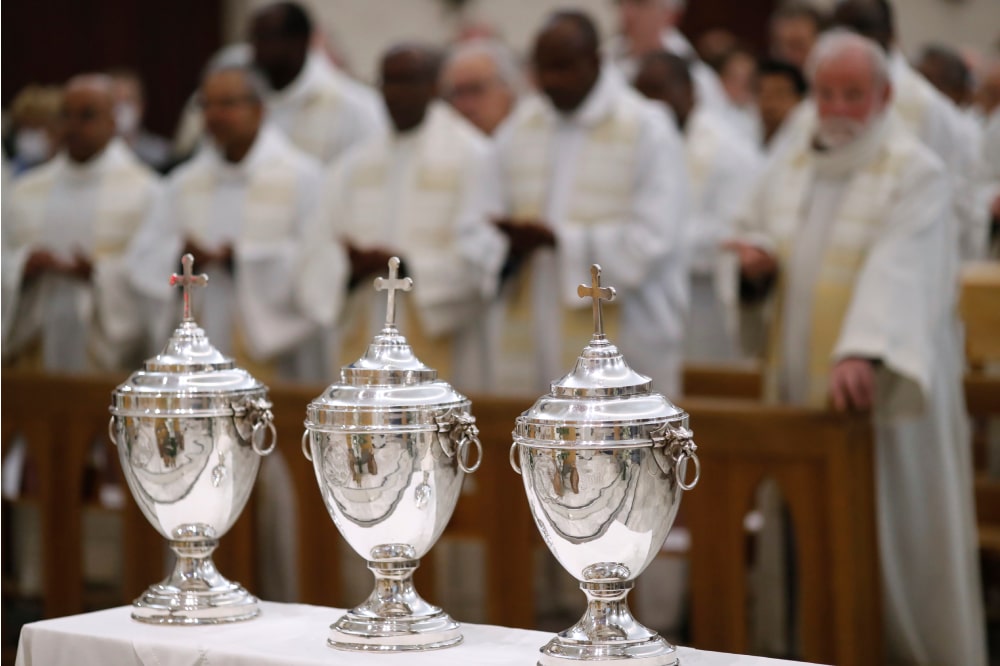

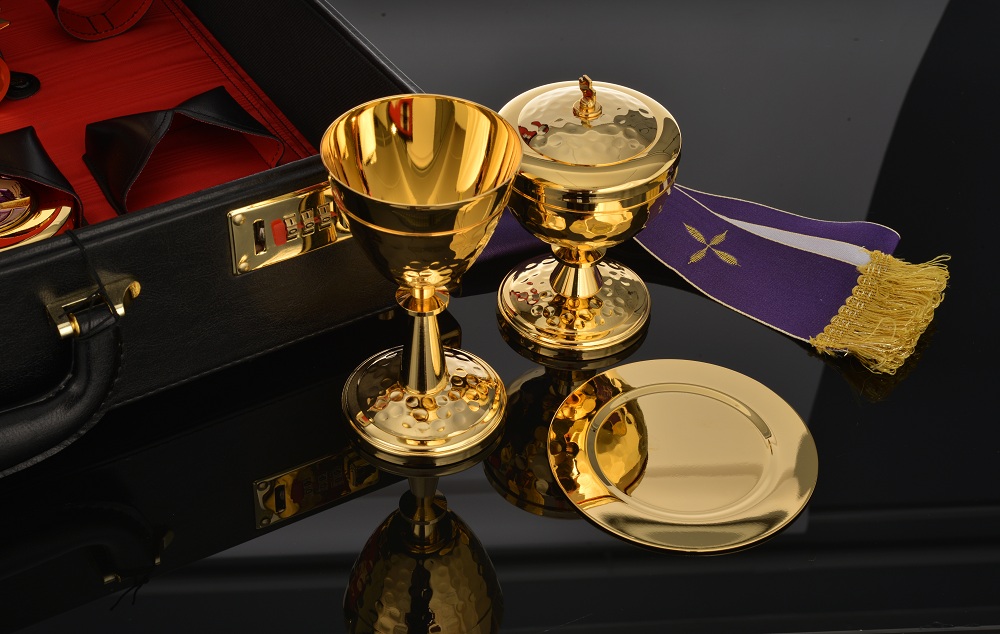
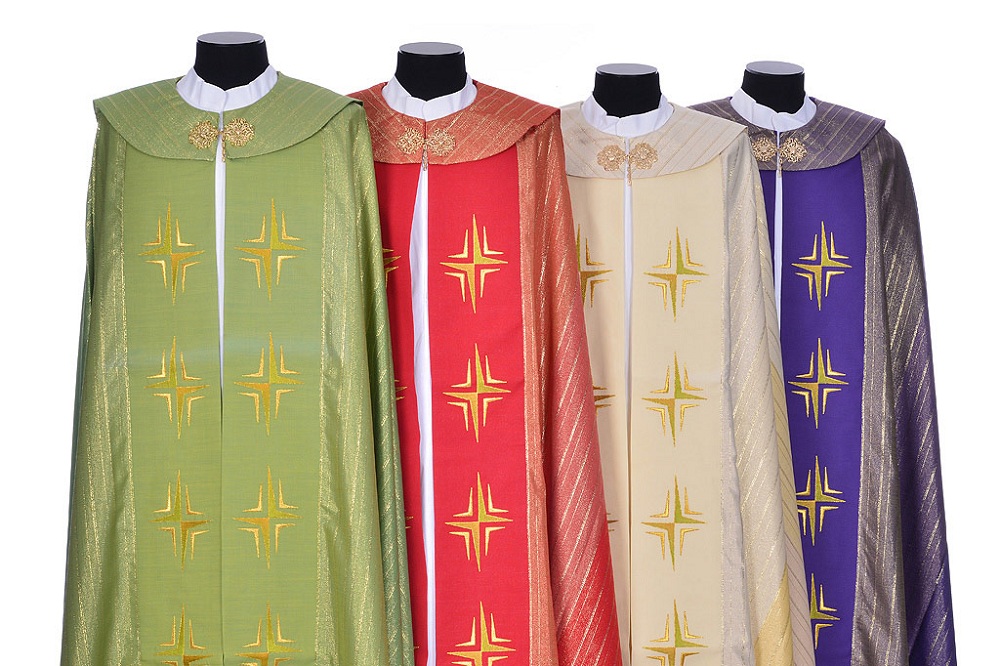

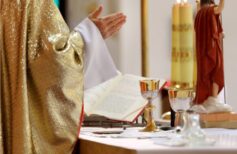
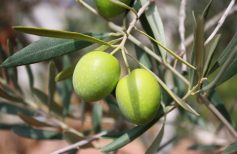

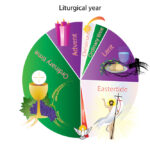
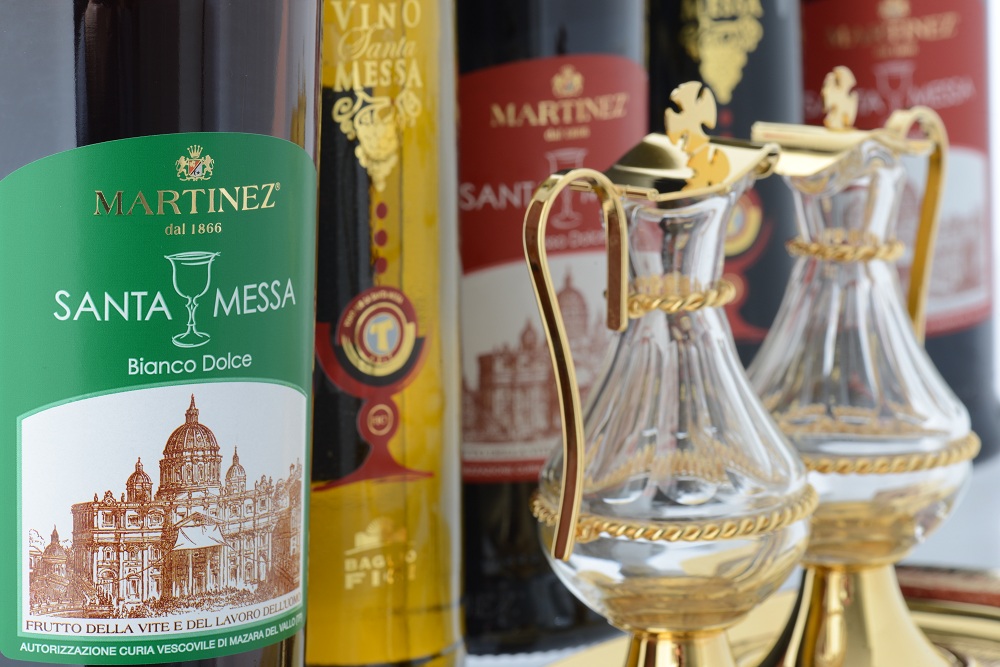


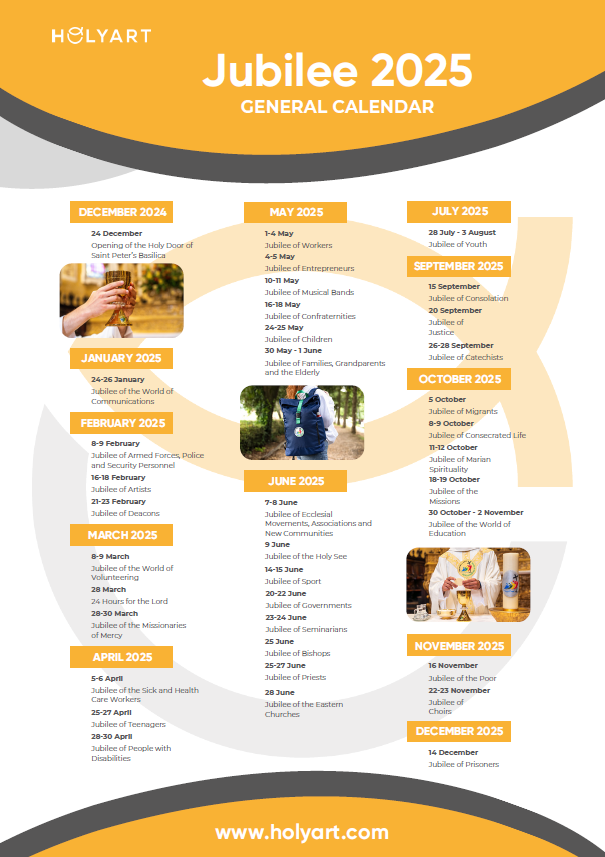





 25 August 2025
25 August 2025

